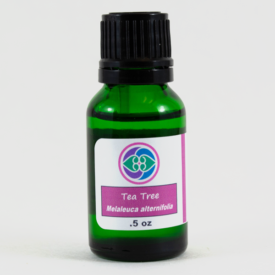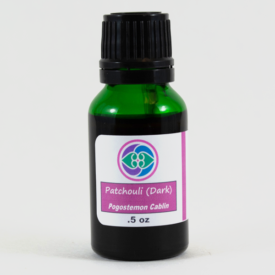Marjoram (Sweet) Essential Oil
Botanical Name: Origanum majorana
Marjoram Sweet Oil, with its warm, slightly spicy fragrance, provides a comforting middle note that effortlessly blends with various oils, offering diverse aromatic experiences.
$12.99
Out of stock
Description
Marjoram – Sweet Essential Oil
Main Constituents:
Terpinene-4-ol: 18 – 32%
δ-Terpinene: 9 – 18%
Sabinene: 3 – 10%
Plant Description: The marjoram plant, scientifically known as Origanum majorana, is a fragrant herb prized for its aromatic leaves and culinary and medicinal uses. It features small, oval-shaped leaves with a soft, fuzzy texture and produces clusters of tiny white or pink flowers. Marjoram is native to the Mediterranean region and thrives in warm, sunny conditions with well-drained soil. The plant is commonly cultivated in herb gardens and is used fresh or dried as a flavorful herb in culinary dishes, particularly in Mediterranean cuisine. Additionally, marjoram essential oil, extracted from the leaves through steam distillation, is valued for its soothing and calming properties in aromatherapy and natural remedies.
Origin: Egypt
Plant Part: Flowers and Leaves
Processing Method: Steam distilled
History of Oil: The history of marjoram essential oil spans centuries and cultures. Originating from the aromatic leaves of the marjoram plant (Origanum majorana), it has been actively utilized for its therapeutic and culinary properties.
In ancient times, marjoram was highly valued by civilizations such as the ancient Greeks and Romans for its medicinal benefits. It was used to alleviate digestive issues, relieve respiratory ailments, and soothe muscle pain.
During the Middle Ages, marjoram essential oil gained popularity in Europe, where it was cultivated in monastery gardens for its medicinal properties. It was used in herbal remedies to treat various health conditions, including headaches, insomnia, and anxiety.
In the Renaissance era, marjoram essential oil continued to be cherished for its aromatic qualities. It was used as a fragrance in perfumes, potpourris, and sachets, as well as in culinary dishes to add flavor and aroma.
In modern times, marjoram essential oil remains a beloved choice in aromatherapy and natural health practices. It is valued for its calming and soothing effects on the mind and body, making it a popular choice for promoting relaxation and relieving stress.
Today, marjoram essential oil continues to be cherished for its versatile applications. It is commonly used in massage oils, bath blends, and diffuser blends, as well as in culinary dishes to enhance flavor and aroma.
Benefits/Suggested Uses:
- Marjoram oil possesses analgesic and anti-inflammatory properties, making it beneficial for alleviating muscle pain, stiffness, and tension. It can be used topically as a massage oil to soothe sore muscles.
- Its calming and sedative effects make marjoram oil useful for reducing stress, anxiety, and promoting relaxation. It can be diffused or inhaled through aromatherapy to help calm the mind and body.
- Marjoram oil may help relieve symptoms of respiratory conditions such as coughs, colds, and sinus congestion due to its expectorant properties, which can help loosen mucus and clear the airways.
- It can aid in digestion and alleviate digestive discomfort such as indigestion, bloating, and gas due to its carminative properties.
- Marjoram oil’s analgesic properties may help alleviate headaches and migraines when applied topically or inhaled through aromatherapy.
- It is believed to have antispasmodic properties that may help relieve menstrual cramps and discomfort when used topically or inhaled.
Blends well with: Orange, Lavender, Rosewood, Frankincense, Tea Tree, Eucalyptus, Basil, Thyme, Cypress, Elemi, Chamomile, and spices like Nutmeg or Cardamom
Cautions: Dilute before use; for external use only. Do not use on young children, and it may cause skin irritation in some individuals; a skin test is recommended prior to use. Contact with eyes should be avoided.
Harmony Naturals’ Products: Sweet Dreams Roller, Sweet Dreams Cream, Sweet Dreams Spray, Essential oil blend: Sweet Dreams
Additional information
| Option | 1/2 oz Single Note Essential Oil |
|---|
Only logged in customers who have purchased this product may leave a review.





Reviews
There are no reviews yet.